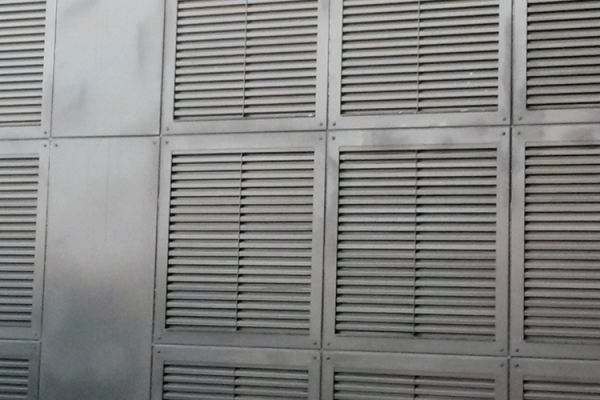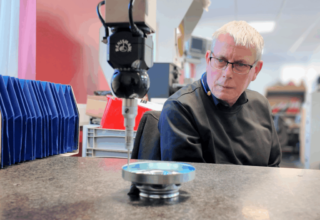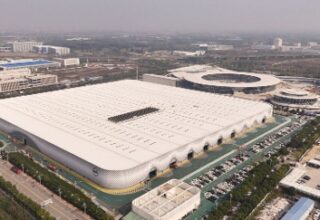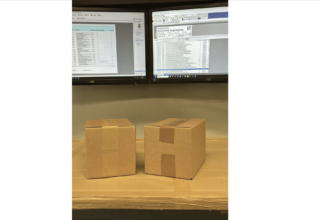
Leading UK-based physical security specialist, Technocover, reveals how technical progress in asset hardening is flexing around industry needs

Telecoms security hit the national headlines earlier this year when a journalist claimed to have walked unchallenged into a cable landing station. Though uncomfortable publicity, it by no means reflects the highly evolved risk management culture and government-driven security standards underpinning the operational resilience of the UK telecoms sector.
Even so, the episode serves to highlight the complex and widely-ramified security challenges faced by the telecoms industry in its increasingly pivotal role within critical national infrastructure (CNI).
The dynamic pace of technological and commercial development in the telecoms sector means that security management is constantly evolving as capacity grows exponentially. Not only does this bring huge challenges for cyber and data security, but also for the protection of physical assets with the on-going expansion and reconfiguration of the operational environment and distribution network.
Unauthorised Access
Unauthorised access to operational buildings and installations exposes the network to risks of trespass, vandalism, theft, damage, extortion, and at the extreme, terrorist infiltration or attack. Any such breach will lead to a varying degree of service disruption, recovery management and cost, affecting data availability for clients and the communication provider’s compliance with assured service procedures.
Security measures such as perimeter fences, CCTV, and guard control are important deterrents to the progress of an intruder on an operational site. But ultimately, the physical resistance of doors, enclosures, cages, cabinets, access covers and associated equipment will be the last line of defence of critical equipment from a determined attacker with heavy duty tools.
Operational Resilience
Physical protection is clearly crucial to operational resilience and should embrace all assets and critical equipment that could affect the live assured service if compromised. Certification under CAS(T)* requires the implementation of consistent standards of security for primary as well as supporting equipment – power and air-conditioning systems, back-up or standby equipment, cabling networks, disaster recovery sites, and so on.
This is a huge task of risk assessment and asset hardening across a network undergoing constant expansion and change, cable landing station to data centre.
As physical security tightens across all UK utilities in the face of heightened global terror threats, growing demand is being seen for more complex, versatile and functional solutions. A trend is emerging for large-scale enclosures and cages to secure groups of critical assets, and for bespoke products to bring refurbished buildings, extensions or re-appropriated space in line with security standards.
Early Involvement
This evolving sophistication cannot always be effectively met by cherry picking off-the-shelf security products. It requires the early involvement of experienced manufacturers whose security engineering can push both the spatial and operational envelope while remaining within the scope of third party approval.
Physical security for telecoms assets is not just about producing bigger security doors, access covers or modular buildings. There is also a need for coordinated planning and integration with adopted security technologies – compatible certified locking, access control, alarms, CCTV. Significantly, the latest approach, being led by Technocover, considers the Whole Life Cost of security, factoring in operational, safety and durability factors to deliver lowest total cost.
Technocover builds many contingencies into the UltraSecure product designs that it submits to the demanding LPS 1175 performance tests of LPCB approval. Options such as louvre venting, vision panels and special anchoring systems provide essential flexibility to adapt solutions to varying and unpredictable constructional and operational needs, while fulfilling the required LPCB security rating.
Design Modularity
Design modularity allows secure kiosks and mesh enclosures to be scaled up to large sizes and configured to unusual footprints, roof layouts or lean-to applications. It also facilitates offsite construction of kiosks pre-fitted with M&E services, which can be craned in to reduce asset downtime and site congestion.
Technically rigorous but highly flexible, the approach can help communication providers to better manage operational change to maintain compliance with security standards and assured procedures, including CAS(T) certification.
Clients can consider and manage the full continuum of service life needs, ‘designing out’ health and safety risks, maximising operational efficiency, and insuring against unexpected modifications that can be disruptive and costly. And as steel fabrications, Technocover systems provide easy dismantling and a high degree of recyclability at end-of-life, reducing waste impact.













